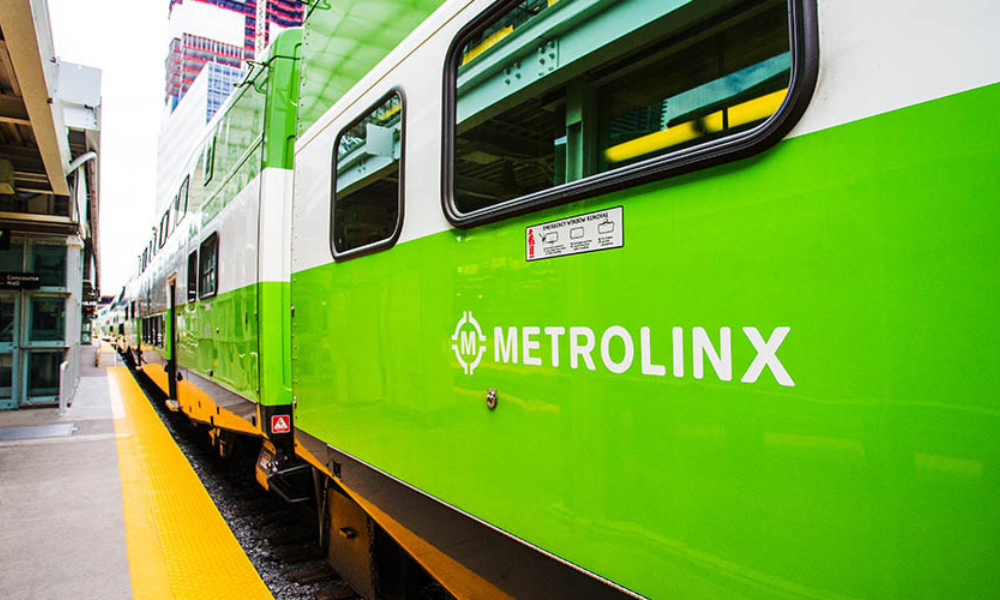Metrolinx COO and chief safety leader shares insights on why it won a CSEA

In the realm of public transportation, ensuring the safety and security of passengers and staff is paramount. This commitment to safety has earned Metrolinx Canada's Safest Employers Award for the Safest Public Transportation Employer. In an exclusive COS TV interview, Martin Gallagher, the chief operating officer and chief safety and security officer at Metrolinx, delves into the multifaceted world of occupational health and safety in the transportation industry.
A diverse network with unique challenges
Metrolinx operates an extensive and diverse transportation network that includes buses and trains, each presenting its own set of safety challenges. Gallagher highlights the complexities they face: "We have a large capital construction program, expanding our transit network, which presents safety challenges of its own. Transporting a significant number of people by rail introduces typical safety issues like grade crossings, where roads intersect with rail networks, potentially leading to collisions."
Furthermore, Metrolinx encounters safety concerns during major events, as large crowds pose challenges for staff. Dealing with the safety of passengers on platforms, trains, and buses during such events requires meticulous planning and execution. Gallagher acknowledges that "anyone involved in public transportation, whether working in it or using it, is aware of the challenges of managing large crowds."
Metrolinx boasts a substantial workforce, leading to traditional safety concerns such as slips, trips, falls, and exposure events. Moreover, the recent pandemic added another layer of safety considerations, particularly related to chemical and biological exposures.
The bus network brings unique challenges, with passengers engaging in risky behaviors such as walking behind or in front of buses or rushing to board or disembark. The consequences of such actions range from severe, such as being struck by a bus or vehicle, to minor incidents like tripping during boarding or alighting.
A vast supply chain demands stringent safety standards
Metrolinx is no stranger to extensive projects and partnerships with numerous contractors and subcontractors. Gallagher outlines their approach to implementing and maintaining safety standards across multiple projects simultaneously: "It all starts with design specifications and supply chain insurance. We specify our expectations for safety performance, training, and competence at the contract level. When contractors bid for work, safety performance and records play a pivotal role in our selection process."
Continuous monitoring and oversight are vital components of Metrolinx's safety strategy. Gallagher emphasizes, "we closely monitor contractor performance throughout a contract's lifecycle, conducting joint investigations when issues arise. Learning from incidents and sharing those lessons is crucial to improving safety."
Mitigating hazards: A lesson in risk management
For other transportation employers seeking to mitigate industry hazards, Gallagher offers valuable advice: "It's all about understanding, managing, identifying, evaluating, and analyzing hazards. Once identified, put in place corrective actions to mitigate risks. Then, consistently review and ensure the effectiveness of these controls."
Gallagher underscores the importance of this cyclical approach: "Understand the risk, put in corrective actions if eliminating the risk is not possible, and then circle back to check if these measures are indeed effective. It may sound simple, but it's a complex process. When executed well, it becomes the backbone of managing safety effectively in a transportation organization."
Metrolinx's relentless dedication to understanding, managing, and mitigating these hazards has earned them accolades. As transportation employers nationwide look to improve their safety standards, the lessons shared by Gallagher offer valuable insights into navigating this dynamic and critical field.





